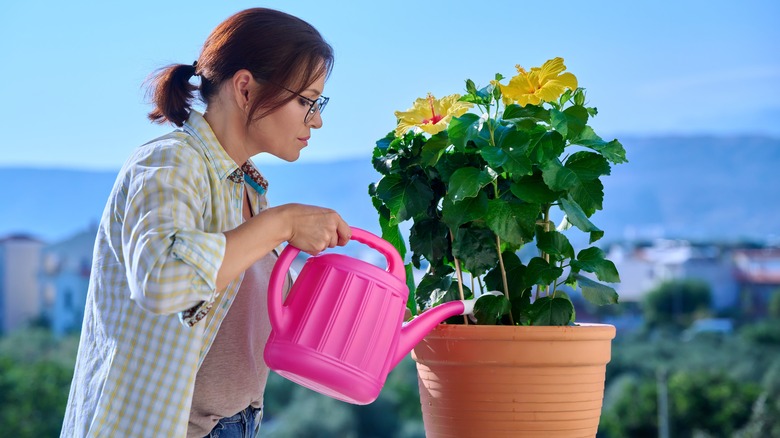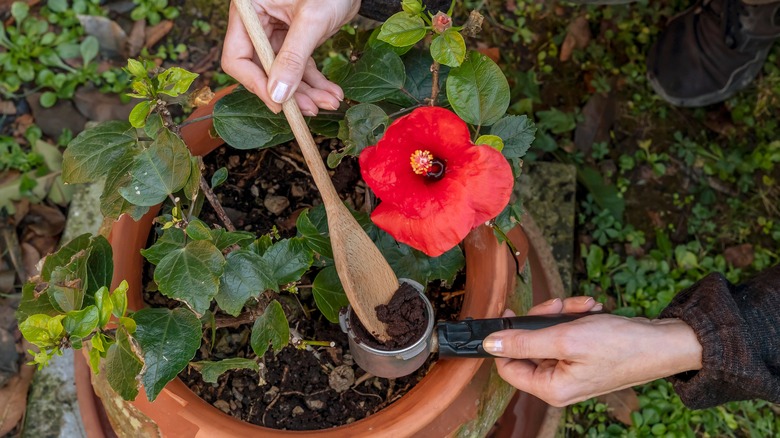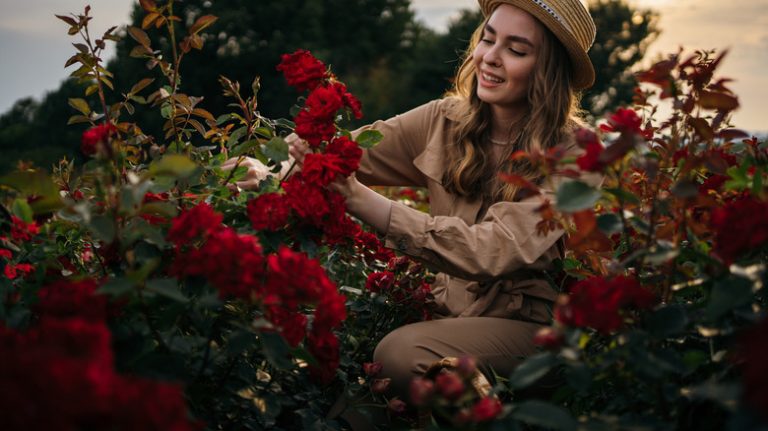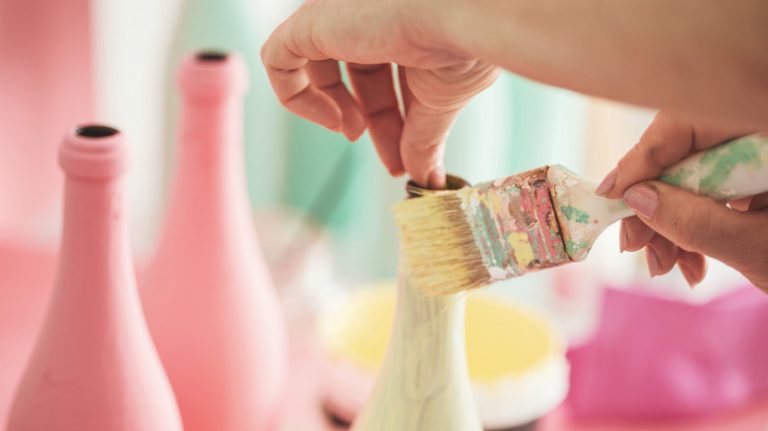Planting hibiscus flowers (Hibiscus rosa-sinensis) in your garden would add beauty and pops of color, like pink, yellow, red, and orange to your backyard. They have thin paper-like petals in a trumpet shape with a yellow-colored anther in the center. Often grown as shrubs or trees, hibiscus plants thrive in full sun with warm weather; if grown in extreme heat, they need partial shade. These plants are easy to grow and maintain, but lack of attention can cause them to wilt and turn yellow. While hibiscus flowers forgive easily when they’re forgotten, it can take some time to make them healthy and vibrant again. Yellowing leaves can be caused by many things including overwatering, lack of sunlight, and pests, among other problems.
Hibiscus plants will quickly die without proper care. If you don’t live in an area where you get enough rainfall, you’ll have to remember to consistently water your plants and fertilize them so that they bloom beautifully. In addition, ensuring your plants receive enough sunlight throughout the day by placing them in sunny spots will help them bloom. Of course, some things will be out of your control like the weather changing, but you’ll need to help your plants adjust to new changes to maintain their health. Yellowing leaves will notify you that your plants are struggling with something they’re lacking. Here are a few things to look out for when you notice yellow leaves.
Watering too little or too much

Hibiscus plants enjoy well-draining, moist soil, mainly when they’re grown in warmer climates. While they are considered to be low-maintenance flowers, they’re high maintenance when it comes to staying hydrated. They dislike standing water and soggy soil but should be watered daily during warm weather. You can water them less frequently during cooler weather. However, if you’re not watering your plants enough, simply place their pots in a bucket of water and let them sit for 15 to 30 minutes. Soaking the soil will allow it to soften and expand in the pot. If you add water from the top, it’ll drip down the sides instead of the center. Check the soil the following couple of days to see if the plants need more water. Soaking the soil can cause it to stay moist for a few days, so check the surface daily to adjust water needs.
On the other hand, if you’re overwatering your plants, ensure they aren’t struggling with root rot and that the draining systems are working by checking the roots or letting the soil dry out for a few days. When 1 inch of the soil’s surface is dry, you can water them again. Remember, hibiscus plants love moist soil, so never go too many days without watering. During summer and fall, give them water daily, and in the winter, provide water twice a week or whenever the soil is dry.
Not receiving enough nutrients or pest infestation

Since hibiscus plants need water almost daily, they also need extra nutrients, primarily if grown in containers. When they’re in the sun all day, they dry out quicker, meaning their nutrients are absorbed faster. So, fertilizing your plants once a week with a hibiscus-specific fertilizer or any fertilizer that contains the right amount of phosphorus and nitrogen is key. If your plants are sprinkled around your yard instead of in containers, they can be fertilized once every two weeks. Once the weather becomes colder, the plants won’t need to be fertilized as much. Give your hibiscus plants a little more fertilizer and see if their yellowing leaves improve.
However, if you fertilize your plants often and don’t think they lack nutrients, always check for pests. Aphids, coast flies, and spider mites love destroying hibiscus flowers. They’ll munch on the stems and leaves, causing them to turn yellow. Check the perimeter of the plants for insects if you notice holes or yellow leaves, as they’re typically hiding underneath the leaves, stems, and branches. Spraying the leaves and stems with soapy water can help deter the pests. Alternatively, you can use a hibiscus-safe pesticide but don’t rely on it too heavily, as it could also cause yellow leaves. Problems are less likely to appear if your plants are well-watered and receive enough nutrients, and keeping up with their needs will ensure they stay in good shape.



